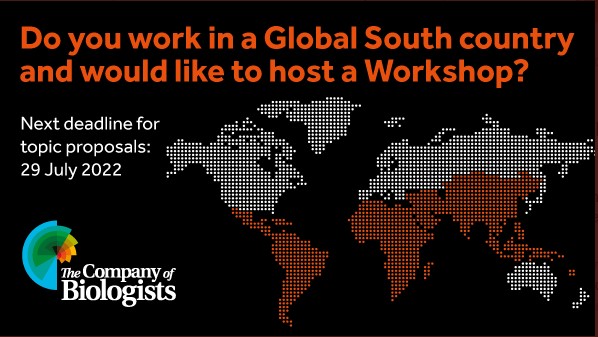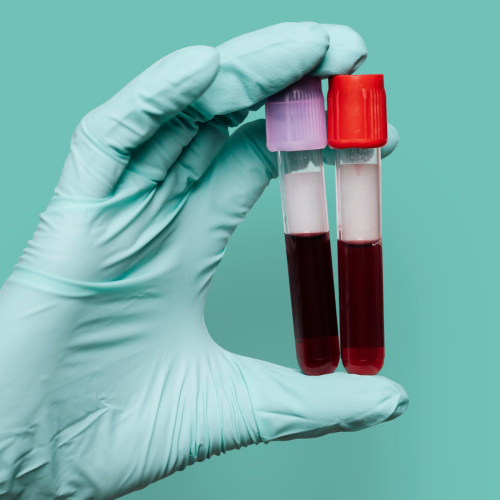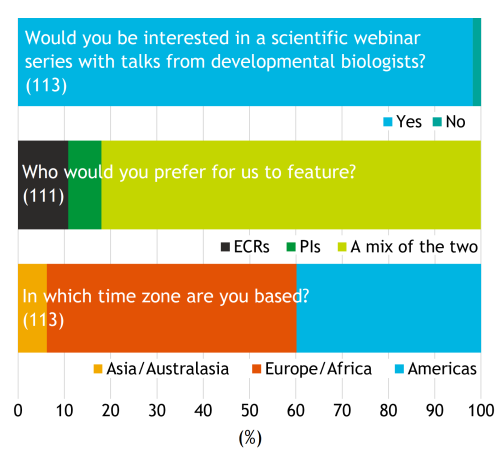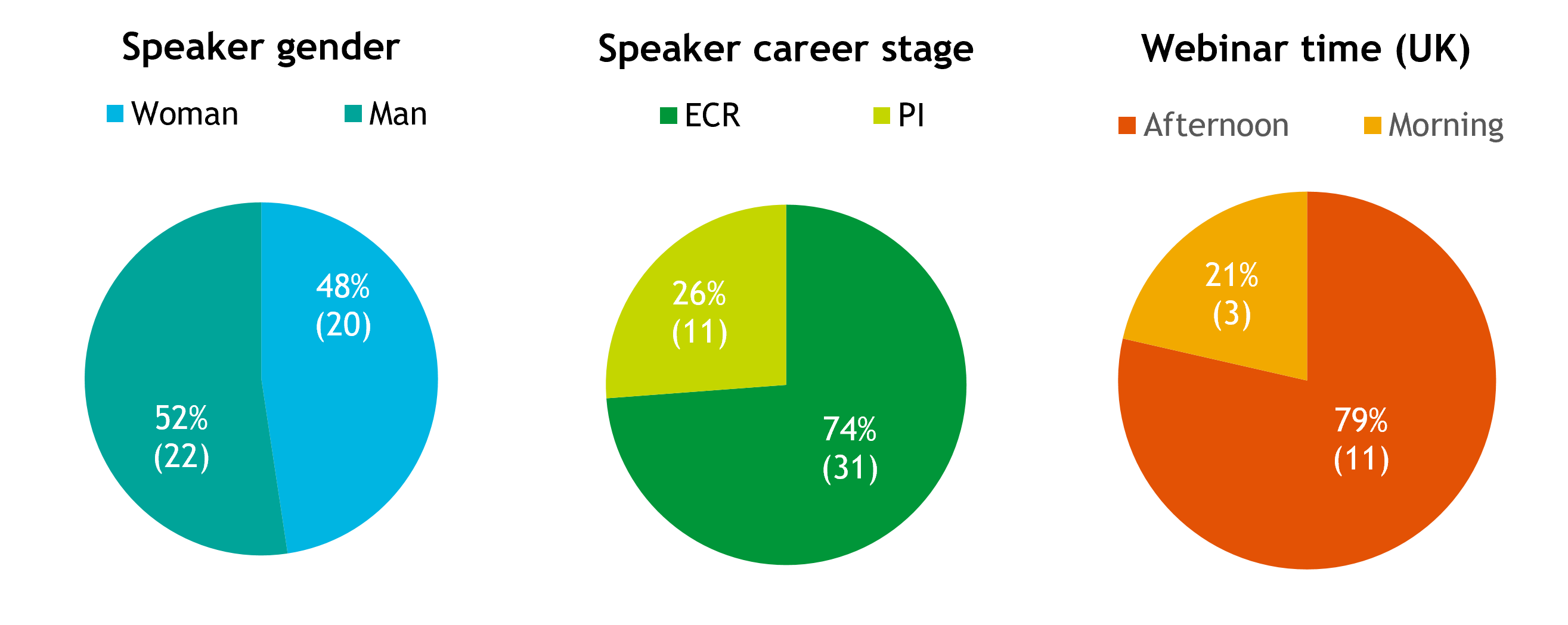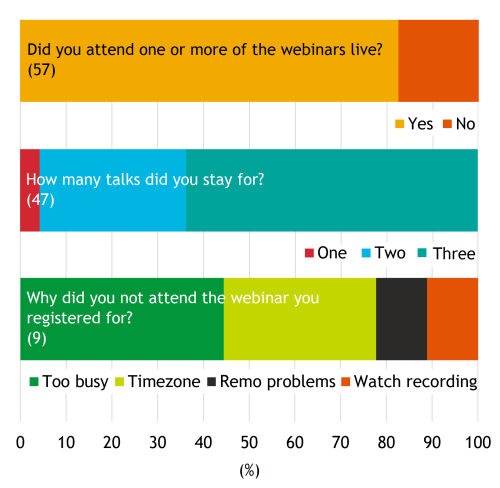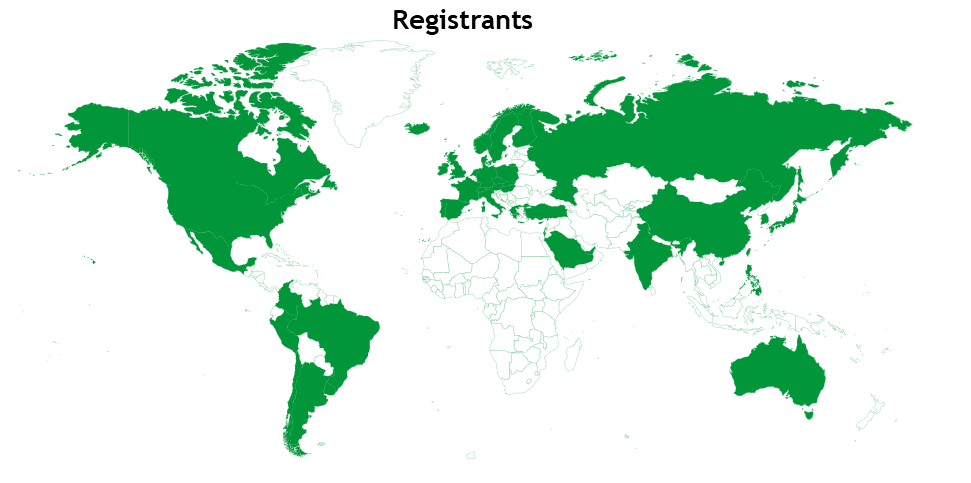Forceful Impact : EMBO Symposium on Mechanobiology in development and disease
Posted by Priti Agarwal, on 5 July 2022
After attending several virtual conferences over the past two years, EMBO/EMBL symposium on Mechanobiology in development and disease, held at EMBL Heidelberg between the 15th to 18th of May 2022, was my first in-person meeting since Covid-19 hit. I was excited and equally nervous because my abstract had been selected for an oral presentation at this esteemed platform. This meeting was held in a hybrid format involving participants on-site as well as virtually.
Invited talks were mixed with selected short talks, followed by a “Meeting with speakers” at the end of each session. Also, days 2 and 3 culminated with flash talks by enthusiastic poster presenters, which were refreshing. Some of the flash talk presenters used innovative and hilarious ways to attract the audience to their posters, thus keeping us interested and curious even towards the end of a very busy day. Researchers, enjoying their drinks, congregated around the posters, which were displayed along the distinctive DNA double-helix-shaped staircases of the EMBL building. The virtual attendees also participated with their queries after each presentation via a chairperson for the session. A few highlights from the meeting which captivated me the most were as follows:
Tissue and organ morphogenesis: Day 1 of the meeting started with a wonderful keynote presentation by Ed Munro (University of Chicago, USA) on tissue morphogenesis in an Ascidian, Ciona robusta. He showed mesmerizing movies of neural tube zippering caused by concurrent events of tissue contraction and relaxation at the anterior and posterior end, respectively. Jean-Leon Maitre (Institut Curie, France) showed how hydrostatic pressure fractures the adhesion between cell contacts forming microlumens that coarse with time due to the contractile cell surface. These microlumens eventually fuse to form a single large fluid-filled cavity known as blastocoel in an early-stage mammalian embryo. Amy Shyer (Rockefeller University, USA) discussed the self-organization of tissue patterns in dermis explants which results due to cell-intrinsic contractility and the mechanical properties of the underlying extracellular matrix.
Nuclear mechanotransduction: The meeting revealed multiple exciting discoveries related to nuclear mechanotransduction i.e. how the “brain of the cell” i.e. the nucleus responds to different mechanical environments. The extracellular matrix transduces force to the nucleus through focal adhesions (connecting ECM to the cell surface) and the cytoskeleton (connecting focal adhesions to the nuclear envelop). Pere Roca-Cusachs (Institute for Bioengineering of Catalonia and Universitat de Barcelona, Spain) demonstrated how the stiffness of ECM modulates nuclear shape and pore size thereby affecting the nuclear import/export of a transcriptional regulator known as YAP. Windie Hoefs (Francis Crick Institute) shared her work on the opposing roles of cell-cell adhesion and cell-matrix adhesion in regulating the nuclear localization of YAP when the cells are mechanically stretched. Alice Willart (Institut Curie, France) showed variations in nuclear volume under different magnitudes of mechanical confinement, while Adel Al Jord (Collège de France, France) discussed the role of cytoplasmic forces in organizing nuclear condensates, nucleoli, and mRNA splicing in mammalian and fly oocytes and showed their significance in maintaining organism fertility.
Tissue repair, maintenance, and disease: Genomic instabilities or aberrations can lead to a myriad of deleterious consequences such as cancer and apoptosis. Rong Li (Mechanobiology Institute, Singapore) showed that mitotic errors cause hypo-osmotic stress. Aneuploid cells i.e., cells with an abnormal number of chromosomes, have proteome imbalance which results in the influx of water due to an osmotic pressure difference between the cytoplasm and extracellular environment. Consequently, aneuploid cells become much larger and stiffer than normal cells. While it is well-established that the clearance of apoptotic cells is carried out by immune cells, the mechanism of their removal during early embryogenesis had remain unexplored. Verena Ruprecht’s (Centre for Genomic Regulation, Barcelona, Spain) research revealed an unexpected role of epithelial cells as “phagocytes” that scavenge apoptotic cells during vertebrate embryogenesis, using specialized structures: phagocytic cups and epithelial arms. Tissue homeostasis and development require clearance of dead or unwanted cells as well as repairing of injured tissues. Yalan Mao (University College London, UK) discussed the multiple ways tissues employ to heal wounds, such as tissue fluidity and an altered 3D cell shape. Jochen Guck (Max Planck Institute for the Science of Light, Germany) reported a high-throughput method for screening the mechanical properties of blood cells such as cell size and stiffness, using a microfluidic device, which could be used for the prognosis or the analysis of the phenotypic consequence of diseases such as Covid-19 and cancer.
Besides the intensive scientific talks and discussions, there was a relaxed and calming musical night entertaining all the participants.

I enjoyed all aspects of the meeting, including talks, coffee break discussions, poster sessions, and the food. I would like to thank all the organizers (Alba Diz-Muñoz (EMBL Heidelberg, Germany), Carl-Philipp Heisenberg (Institute of Science And Technology, Austria), Prisca Liberali (Friedrich Miescher Institute for Biomedical Research, Switzerland), Anđela Šarić (University College London, UK), Xavier Trepat (Institute for Bioengineering of Catalonia, Spain) for organizing an excellent meeting covering various aspects of mechanobiology in multiple contexts, from molecular to organism level. Also, I would like to acknowledge Nathalie, the coordination officer, who answered everyone’s queries very patiently before, during, and after the meeting, and made the entire conference run smoothly without any technical glitches.
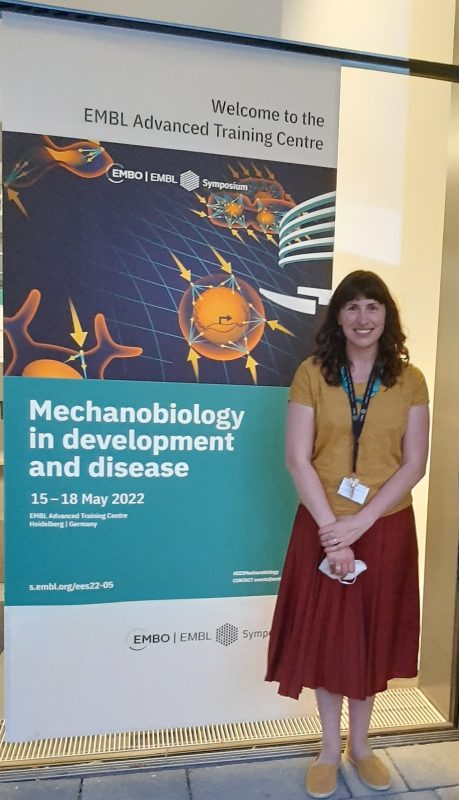
I look forward to more such meetings in the future and would like to recommend this meeting to anyone who would like to pursue their research or is currently working in the field of mechanobiology.


 (7 votes)
(7 votes)
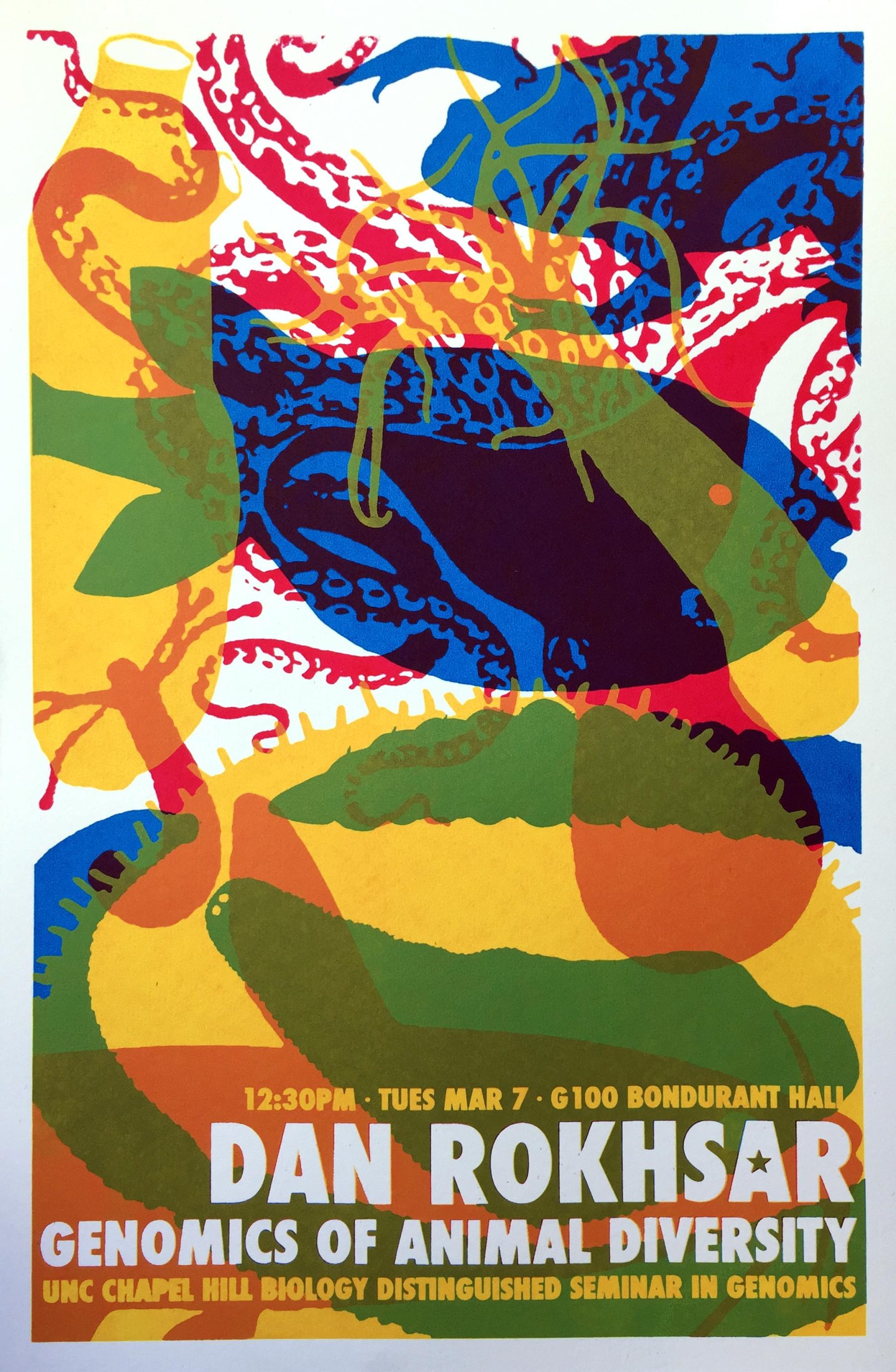




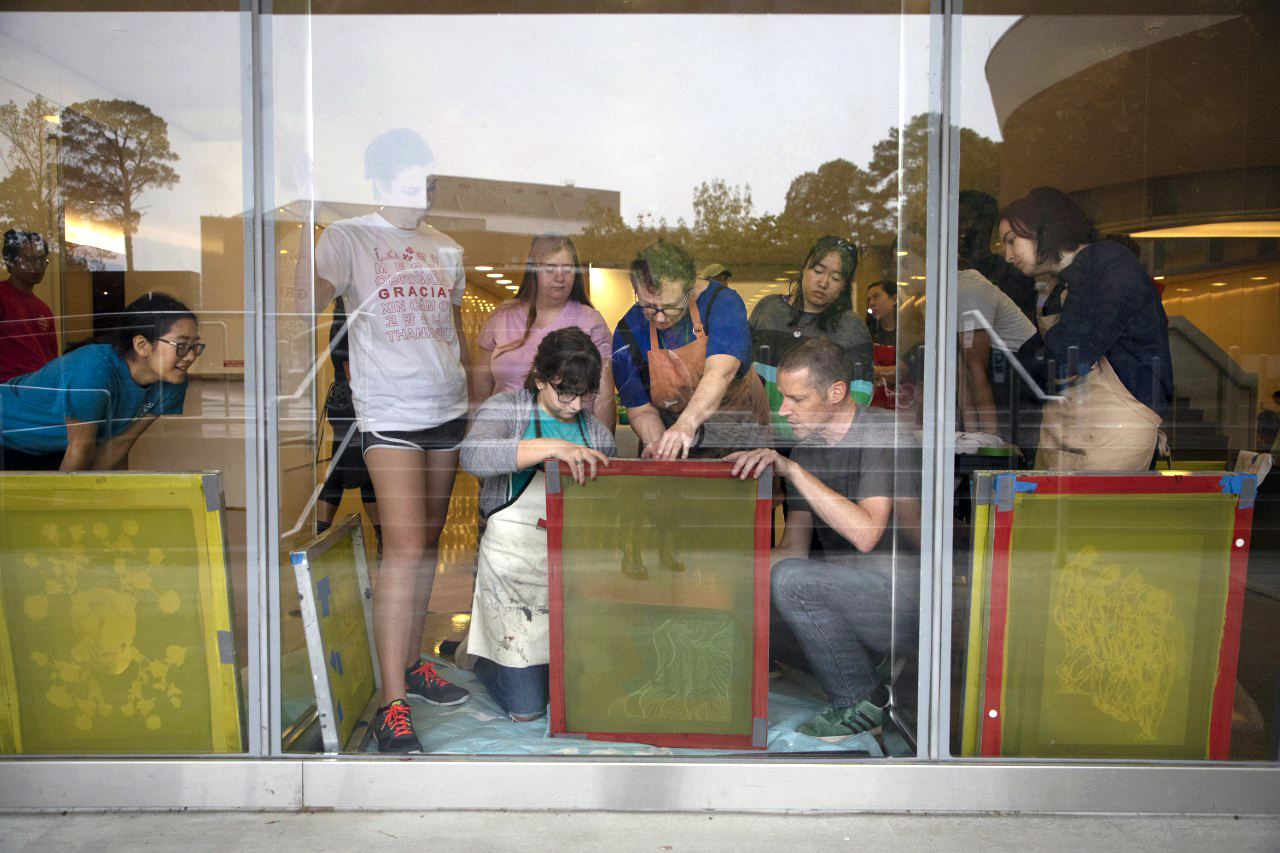

 (No Ratings Yet)
(No Ratings Yet)
